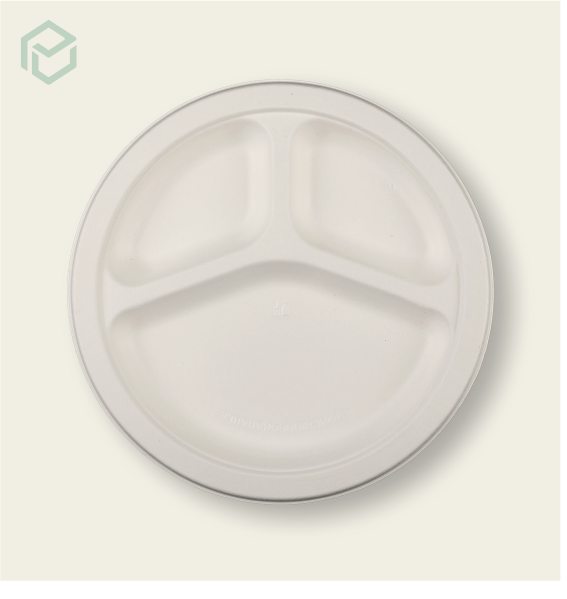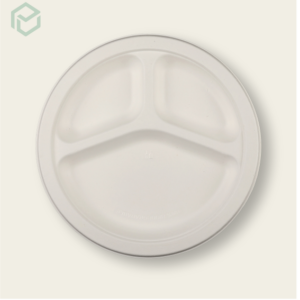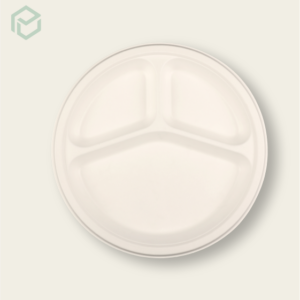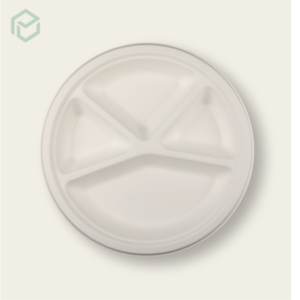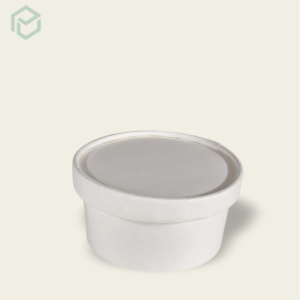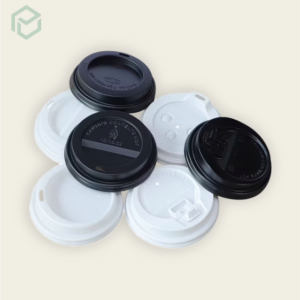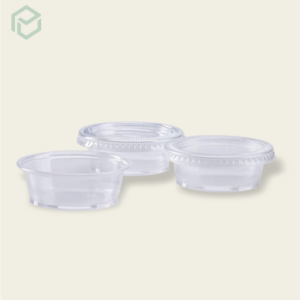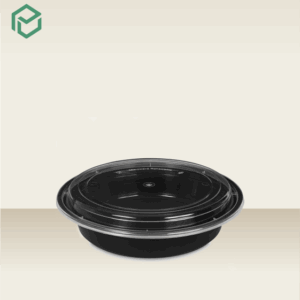Bagasse Cavity Plates
Serve meals sustainably and neatly with Bagasse Cavity Plates. Made from sugarcane fiber, these compostable plates feature divided sections for perfect portions and no food mixing. Ideal for events, buffets, and health-conscious meals. Enjoy convenient serving and eco-friendly disposal.
Detailed description of the Product
- Bagasse cavity plates are a sustainable and versatile food packaging solution that offers a convenient way to serve multiple food items in one plate. They are made from the fibrous residue left over from sugarcane processing, making them a biodegradable and compostable product.
- Bagasse cavity plates are durable and sturdy, capable of holding a variety of food items, such as appetizers, main courses, and desserts. They are also microwave-safe and oven-safe, making them a versatile choice for food service applications.
- By choosing bagasse cavity plates, you’re making a conscious choice to reduce your environmental impact. They are a sustainable option that minimizes waste and contributes to a greener planet.
